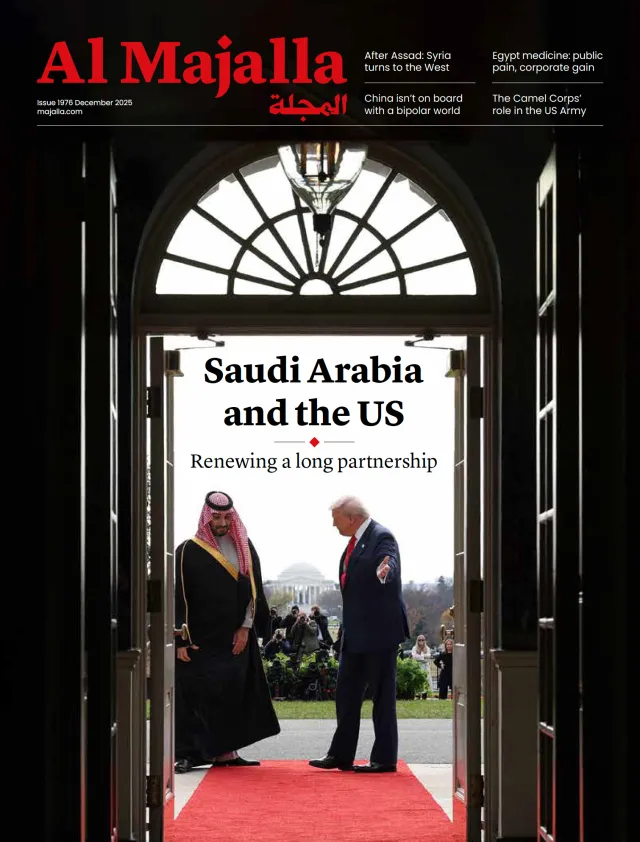By seemingly extinguishing Iran’s network of nuclear facilities, the United States and Israel appear to be rendering Tehran’s atomic ambitions obsolete. Could Supreme Leader Ali Khamenei join Saddam Hussein, Muammar Gaddafi, and Bashar al-Assad on a list of those who sought (but failed to acquire) weapons of mass destruction in the Middle East?
Weighing his response, Khamenei may consider the success or otherwise of rulers around the world who aimed high in terms of the ultimate weapons. A cursory glance shows that not all failed in their aims. As of January 2024, North Korea was thought to have at least 50 warheads and the fissile material for up to nuclear weapons, including up to 80kg of plutonium and 1,500kg of highly enriched uranium.
But if the US and Israeli strikes on Iranian nuclear facilities and nuclear scientists—including enormous American bombs that explode deep underground—have not dealt a fatal blow to the country’s nuclear programme, then Tehran could decide to rebuild those facilities, or even race for a bomb, given that it already has enriched uranium. A look around the world at similar races may add some valuable context.
Read more: Attacks on Iran make a nuclear bomb more likely
Iraq’s experience
In 1981, at the height of the Iran–Iraq War, Israeli warplanes struck a covert nuclear facility that Iraqi President Saddam Hussein had been developing. A decade later, after Iraq’s expulsion from Kuwait in 1991, US support for Iraqi opposition forces dissipated, giving Saddam the space to reassert control domestically.
It was only in the aftermath of American political, military, and economic sites having been hit so spectacularly on 11 September 2001 (known as 9/11) that attention turned back to the Middle East, including to Saddam’s alleged pursuit of weapons of mass destruction.
A tense standoff with UN weapons inspectors and a barrage of ultimately discredited claims helped build the case for President George W. Bush’s 2003 invasion of Iraq, which culminated in the regime’s collapse. Defiant to his last breaths, Saddam was later captured and executed.
Libya’s experience
The swift and violent demise of Saddam’s regime reverberated across the region—and in Tripoli, the message was clear. Fearing a similar fate, Libyan leader Muammar Gaddafi moved decisively in late 2003 to dismantle his weapons of mass destruction programme, declaring and voluntarily removing quantities of mustard gas and the chemical ingredients for sarin gas.




